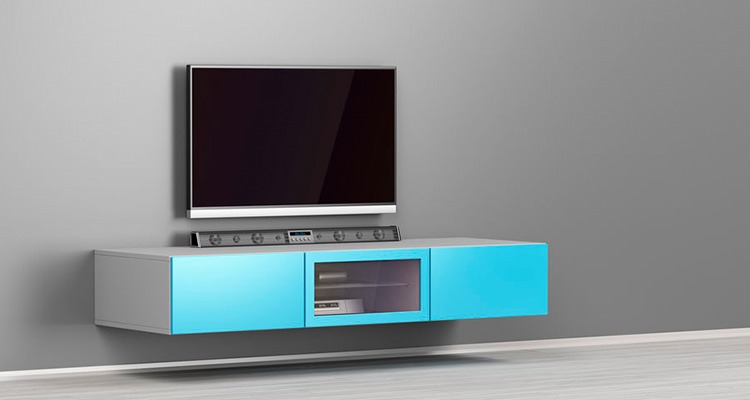Headphones and Home Audio: Part 1
 It’s neither new, nor surprising that the face of AV retail has changed dramatically and continues to do so. However, what is surprising is the directions in which those changes can take us.
It’s neither new, nor surprising that the face of AV retail has changed dramatically and continues to do so. However, what is surprising is the directions in which those changes can take us.
The other weekend I was supporting one of my retailers at their annual sales event, representing a couple of my brands. While there, chatting with another rep from a large, well known AV distributor he commented that headphone sales now make up more of their sales dollars than home AV equipment.
That factoid was reaffirmed in a subsequent conversation with Jason Zidle, director of marketing and product development for Erikson Consumer Canada. “Beyond what you’d expect from single unit sales,” he explained, “of course you’re going to sell more units of headphones than home theater AVRs. But total majority of dollars are also coming from headphones at all price points.”
That’s a shift in demand that some specialty retailers have already moved to capitalize on. In the past year, one of my retailers set itself up with a boutique headphone department, including demo stations and custom designed displays. To date, they’ve enjoyed some success with it, although they’ve learned some expensive lessons along the way.
Headphones as a category of audio are kind of an odd duck, in that they are both a luxury and a commodity product at the same time. Price points for ear bud type headphones start at $9.99 and run up to $150 or more, with over-the-ear types starting similarly around $19.99 and heading into the stratosphere: $300, $400, even $1,000 or more for a pair of cans.
The challenge then for AV dealers is to decide which end of the business they’re going to commit to, and that’s not an easy choice. “The challenge we’ve had as a distributor,” said Zidle, “is convincing high-end dealers that they need to stock at least some inexpensive headphones alongside their flagship products.”
The rationale for that strategy is to target Aspirational Shoppers: Getting a new customer to make a relatively inexpensive purchase at your upscale specialty store, and looking to retain their business when they want to upgrade.
The downside is that the low-end of the headphone business is clogged with me-too price point brands that are difficult to differentiate, and are ubiquitous at retailers across the land, from big boxes like Best Buy to off-beat places like drug store chains. After all, if everybody is selling cheap headphones, then no one retailer is selling all that many of them.
That’s a lesson that my aforementioned retailer has learned. Somewhat to their surprise they’ve found that their sweet spot for sales has been in the $200-$350 range. The reason for that is that they’ve been a high-end choice in their other business, 12v car audio sales, for the past fifty years, and their customers already know to come to them for a better grade of equipment. In their case, the “Aspirational” $20-$150 price band hasn’t performed well, and they’re clearing out their cheap inventory to better focus on what’s working for them.
In the next installment, I’ll continue more in depth with the ins and outs of the category, and how to decide if it’s something your company should pursue.
Lee Distad is a rAVe columnist and freelance writer covering topics from CE to global business and finance in both print and online. Reach him at lee@ravepubs.com





